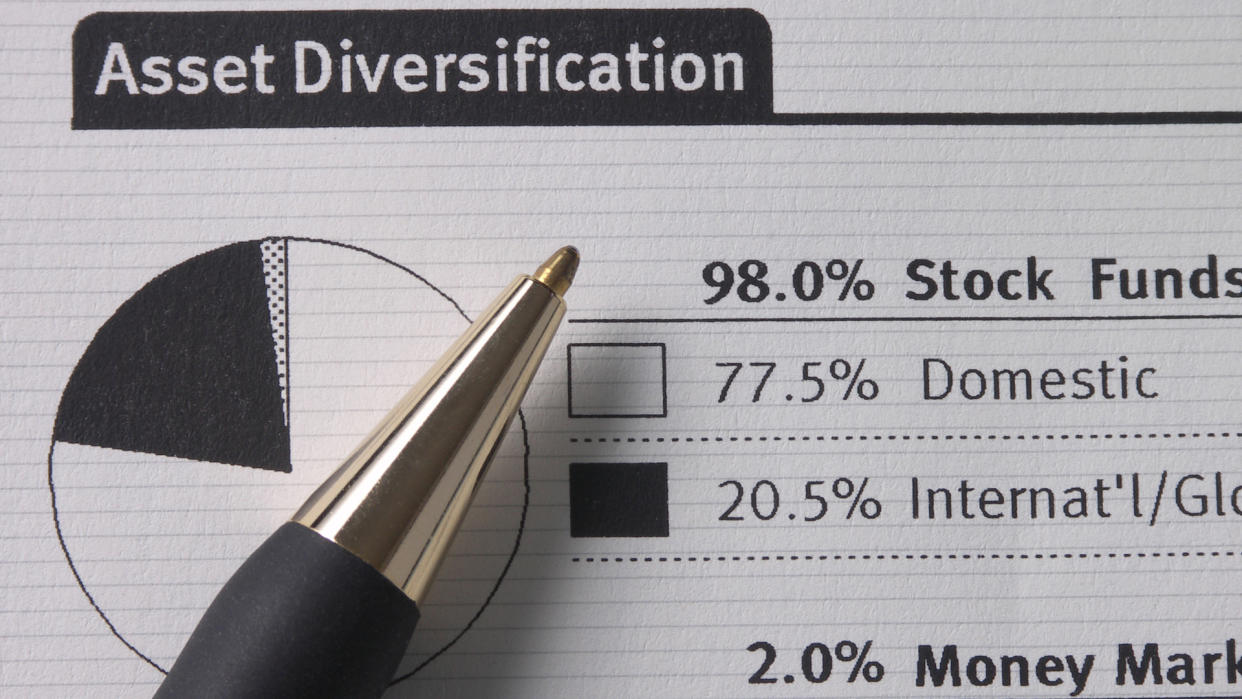What Are Closed-End Funds?

The difference between closed-end and open-end funds is quite simple. It comes down to whether there’s a fixed number of shares or if the fund creates new shares as more people buy into it.
The vast majority of mutual funds and exchange-traded funds (ETFs) available to retirement investors are open-end funds, but you might find that certain closed-end funds can play an important role in your portfolio.
What Is a Closed-End Fund?
A closed-end fund is a fund that offers a set number of shares. Like other ETFs and mutual funds, a closed-end fund is made up of a collection of securities and can provide investors with an easy way to build a fully diversified portfolio. However, after an initial public offering, the only way to buy into the fund is to purchase shares from someone else, like you would do for a stock.
Closed-end funds are actively managed and will have a professional investment manager deciding what goes into the fund. Essentially, they function like publicly traded investment companies, reporting their assets each quarter and letting investors decide if they like what they see in terms of numbers.
Asset managers running closed-end funds have more flexibility in many ways, including the option to borrow money against the fund’s assets as leverage to make more investments.
Many closed-end funds focus on a particular region or segment of the financial market, so you might find value in using them to balance out some of the risks elsewhere in your portfolio.
Pros | Cons |
|---|---|
Asset managers can utilize leverage to boost returns | Actively managed CEFs may have higher expense ratios than passively managed funds |
May offer higher returns | Usually carry more risk |
What are examples of closed-end funds? These are some:
Eaton Vance Tax-Managed Global Diversified Equity Income (EXG)
AllianceBernstein Income Fund (ACG)
DNP Select Income Fund Inc. (DNP)
Nuveen Municipal Value Fund Inc. (NUV)
Aberdeen Asia-Pacific Income Fund Inc. (FAX)
What Is an Open-End Fund?
Unlike with a closed-end fund, an open-end fund will create or destroy as many shares as necessary to meet demand. When you buy into an open-end fund, the asset manager will use the money you paid for those shares to purchase more of the assets that make up the fund.
This action helps the fund maintain the original proportions of those assets and ensures the fund’s net asset value matches its daily price. That’s notably different from a closed-end fund, where share prices can rise above or fall below the net asset value of the fund.
Open-end funds don’t trade continuously throughout the day like closed-end funds or ETFs. Instead, open-end funds are “marked to market” at the end of each trading day. As a result, if you want to buy in, you have to wait until the end of the trading day to see what the new share price is going to be.
Pros | Cons |
|---|---|
No risk that fund market value will trade below net asset value | No opportunity for market value to exceed net asset value |
Marked to market — i.e., the share price always matches the net asset value | Can only be traded once per day |
What is an example of an open-end fund? Here’s a list of some:
Fidelity Contrafund (FCNTX)
American Funds Growth Fund of America (AGTHX)
Fidelity 500 Index Fund (FXAIX)
American Funds Fundamental Investors (ANCFX)
Vanguard 500 Index Fund (VFINX)
How Closed-End Funds Differ From Open-End Funds
What is the difference between closed and open-end funds? Here’s a quick breakdown:
Open-End Funds | Closed-End Funds | |
|---|---|---|
Share Price | Marked to market at the end of each trading day to reflect the net asset value | Defined by supply and demand on the open market |
Leverage | Limited to the fund’s proportions of assets | Can take more risk and borrow against the assets to increase returns |
Total Number of Shares | Expands and contracts as investors buy and sell shares | Set at the IPO and doesn’t change |
Seller | Shares purchased directly from the company managing the fund | Shares must be purchased at the IPO or from another investor |
Trading | Shares trade at the end of the day, after the share price is marked to market | Shares trade continuously throughout the trading day |
Minimum Investment | Many open-end funds will include a minimum level of investment necessary to buy into the fund | Price of a single share |
Choosing Open-End vs. Closed-End Funds
Overall, a fund managed by a company that’s consistently beating its benchmark index is a solid investment — whether it’s open-end or closed-end — and one managed by a consistently underperforming company isn’t. So, opting for an open-end vs. closed-end fund is more of a question about what options are available.
Focus on the underlying assets of the fund and how they’ll fit into your portfolio, and evaluate how high the fees are and whether the fund’s performance justifies paying them. If a particular fund offers a unique blend of assets that complements your portfolio perfectly, it makes sense to buy.
Summary
Understanding the difference between an open-end fund and a closed-end fund is important, particularly for investors shopping around for mutual funds. However, things like the fund objective, fund manager and underlying assets are all going to be more important considerations than whether or not the number of shares is fixed.
Getting a fund that will beat — or at least match — market returns while complementing the other assets in your portfolio should be the primary goal.
John Csiszar contributed to the reporting for this article.
This article originally appeared on GOBankingRates.com: What Are Closed-End Funds?
